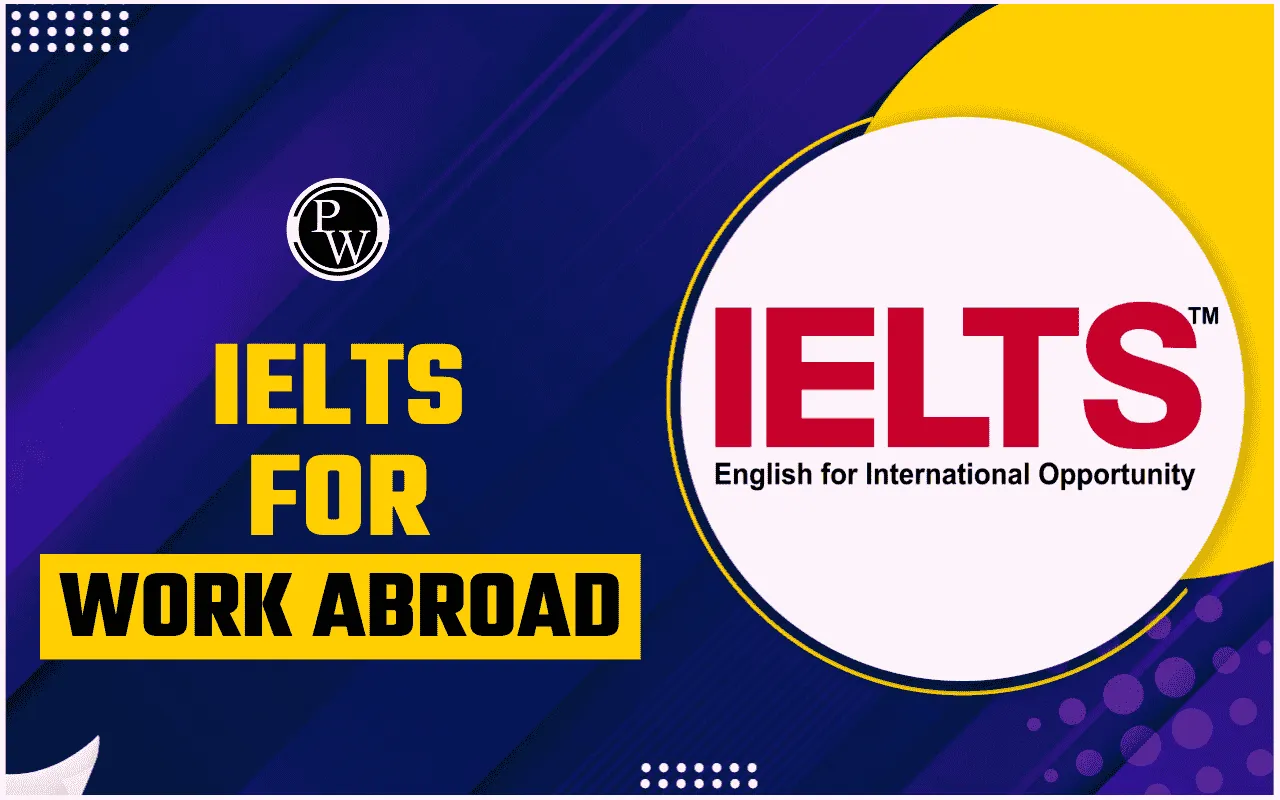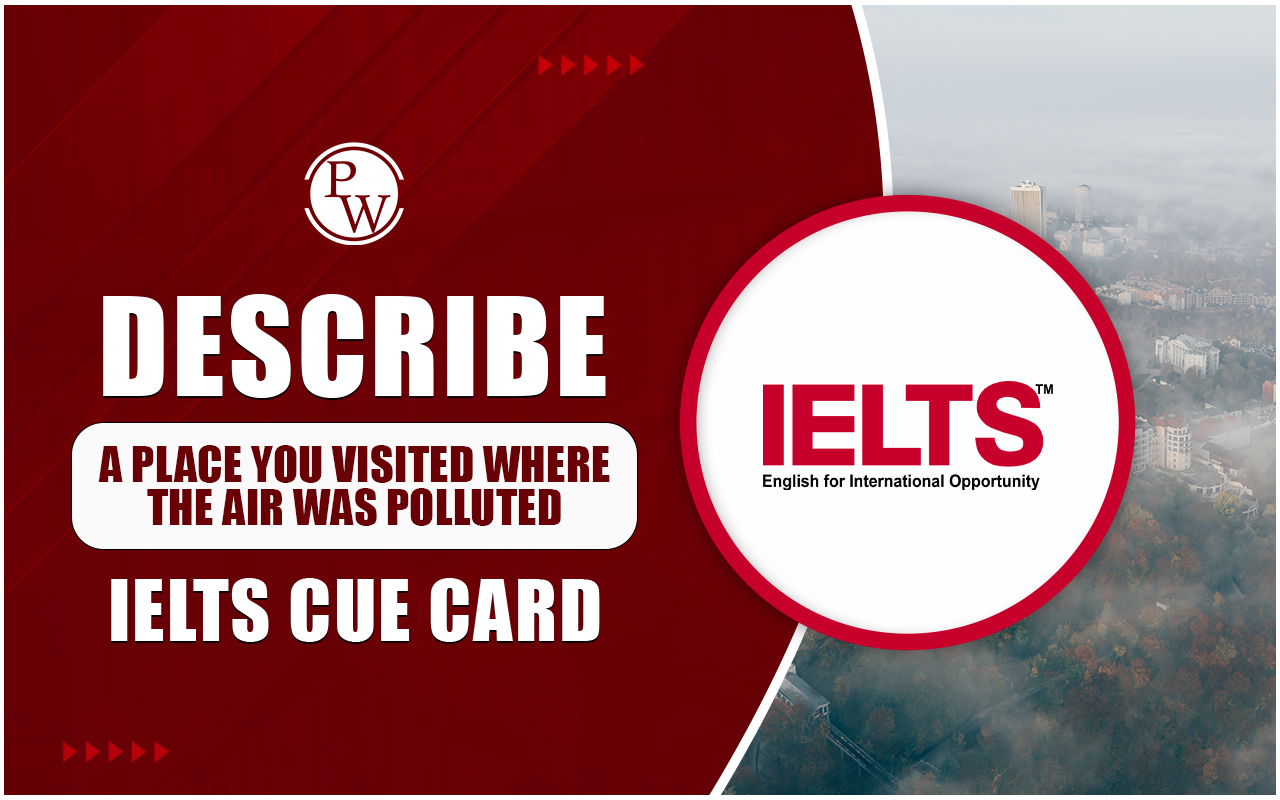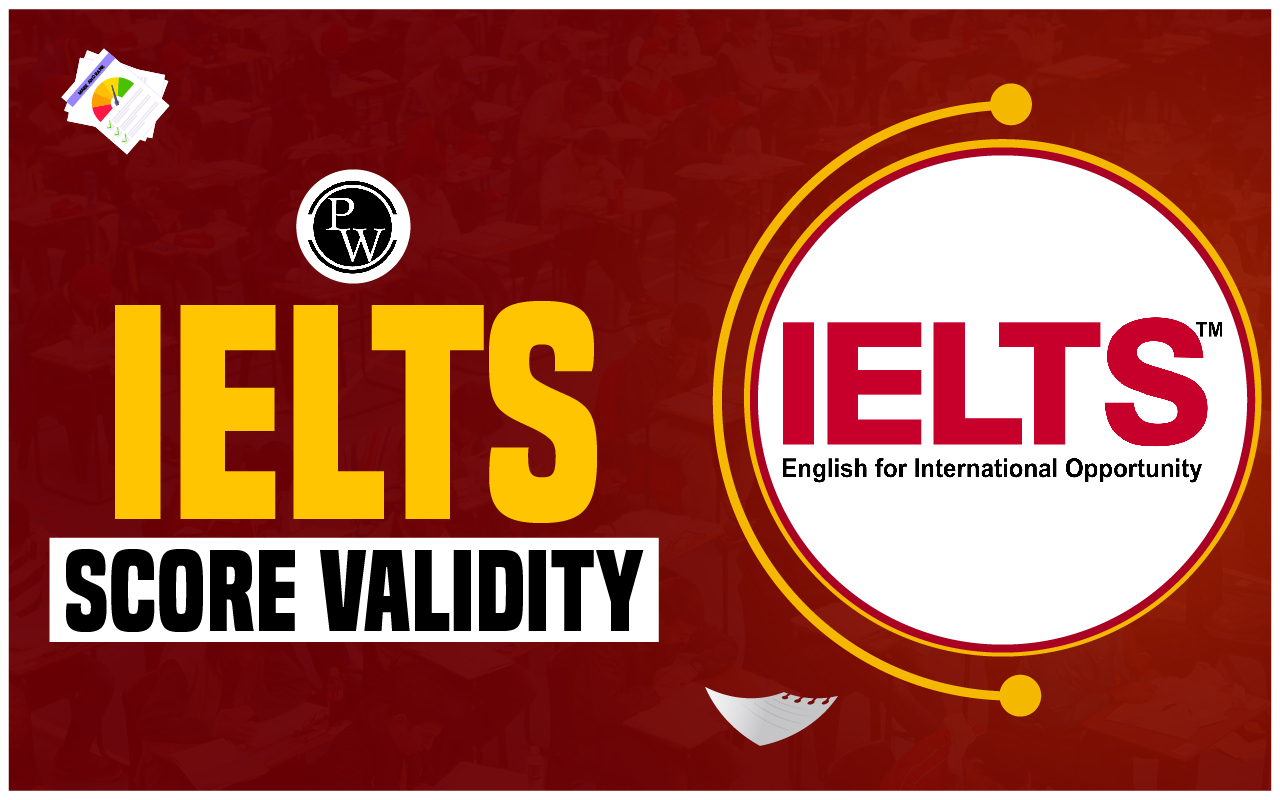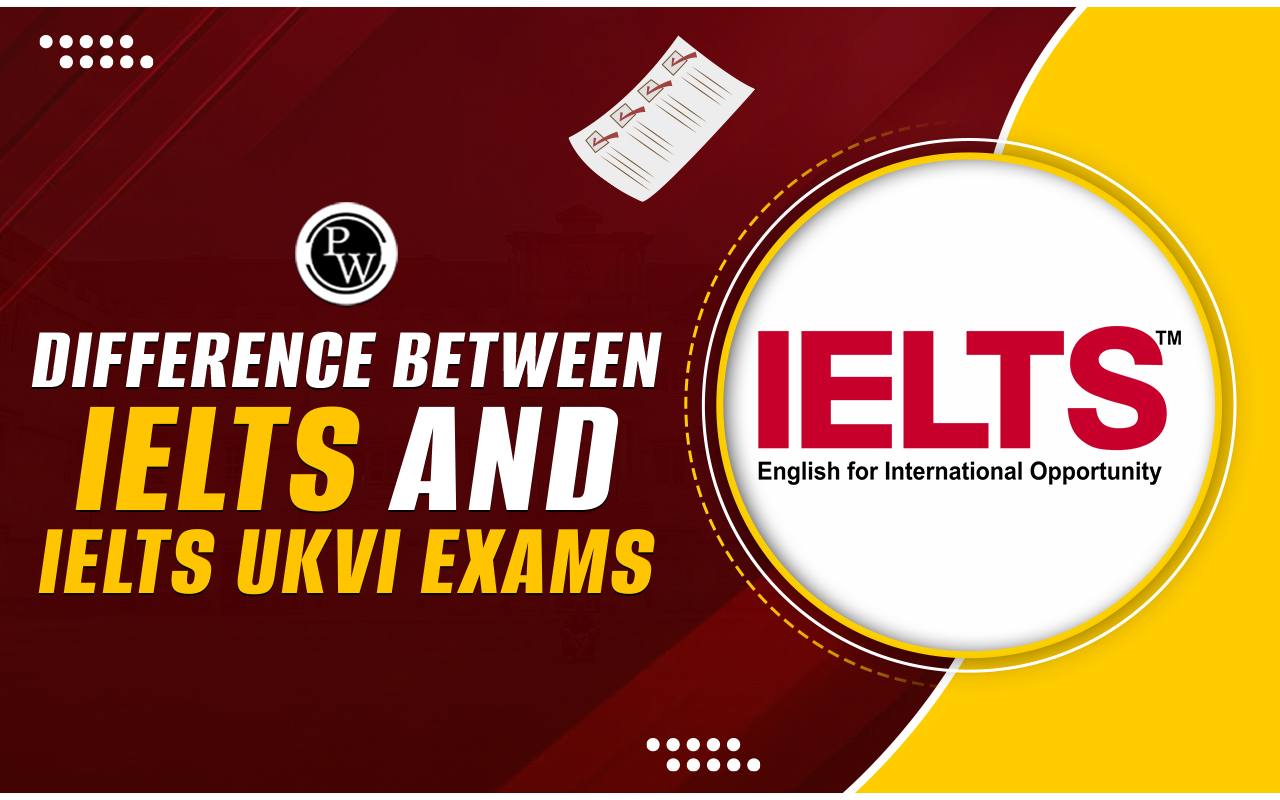

A Disaster of Titanic Proportions Reading Answers: The IELTS Reading test comprises 40 questions and three reading sections. StudeA Disaster of Titanic Proportions Reading Answersnts will have only 60 minutes to finish all questions. "A Disaster of Titanic Proportions Reading Answers" is a common IELTS Reading exam topic. As a result, students should attempt to answer all of the questions thoroughly to increase their overall IELTS Reading band score . Performing well in this subject can help students get high IELTS band scores . We have included sample questions for "A Disaster of Titanic Proportions Reading Answers". Applicants can also study "A Disaster of Titanic Proportions Reading Answers".
Free IELTS Reading Practice Tests, Cambridge Sample Test PDF
A Disaster of Titanic Proportions Reading Answers Passage
A Disaster of Titanic Proportions
Paragraph A
Lookouts Frederick Fleet and Reginald Lee on the Titanic's front mast spotted an eerie, black mass approaching into view immediately in front of the ship at 11:39 p.m. on Sunday, April 14, 1912. "Iceberg, right ahead!" Fleet exclaimed as he picked up the phone at the helm and waited for Sixth Officer Moody to answer. The worst maritime calamity in history was about to be set in motionParagraph B
The Titanic struck a piece of submerged ice 37 seconds later, shattering rivets in the ship's hull and filling the first five watertight compartments, despite the attempts of personnel in the bridge and engine room to manoeuvre around the iceberg. Thomas Andrews, the ship's designer, conducted a visual survey of the ship's damage at midnight and warned Captain Smith that the ship would sink in less than two hours. After Smith had given the order for the lifeboats to be opened and swung out 15 minutes earlier, the lifeboats were being loaded with women and children by 12:30 a.m. Only 28 of the 65 seats in the first lifeboat were occupied when it was successfully lowered 15 minutes later. The waterline was beginning to reach the Titanic's name on the ship's bow by 1:15 a.m., and every lifeboat would be released over the next hour as commanders tried to maintain discipline amid the mounting fear on boardParagraph C
The dosing moments of the Titanic's sinking occurred shortly after 2:00 a.m. when the last lifeboat was lowered, and the ship's propellers were taken out of the water, leaving 1,500 passengers to surge towards the ship's stern. Harold Bride and Jack Philips sent their final wireless message at 2:17 a.m. after being relieved of their duties as the ship's wireless operators and the ship's band ceased performing. Less than a minute later, lifeboat occupants saw the ship's lights flash once, then go out, and heard a tremendous roar that indicated the Titanic's cargo was diving towards the bow, causing the front half of the ship to break off and sink. The bow of the Titanic briefly rose, and at 2:20 a.m., the ship finally sank beneath the frigid waters.Paragraph D
What or who was responsible for the magnitude of the catastrophic event? There are numerous explanations, some of which focus on minute minutiae. Because of a last-minute change in the ship's officer line-up, iceberg lookouts Frederick Fleet and Reginald Lee were forced to make do without a pair of binoculars that an officer transferred off the ship at Southampton had left in a cupboard onboard, unbeknownst to any of the ship's crew. Fleet, who survived the sinking, claimed at a subsequent investigation that if he had owned the binoculars, he could have discovered the iceberg in time to avert disaster.Paragraph E
Less than an hour before the Titanic collided with the iceberg, wireless operator Cyril Evans in California, about 20 miles to the north, attempted to reach Titanic operator Jack Phillips to warn him of the approaching pack ice. Phillips responded, "Shut up, shut up, you're jamming my signal." "I'm occupied." Philips was clearing a backlog of personal messages that passengers had requested to be transmitted to family and friends in the United States after the Titanic's wireless system had gone down for several hours earlier that day. Despite several warnings of ice ahead, Captain Smith kept the ship moving at 22 knots. Although it has been alleged that Smith was under pressure to make headlines by landing early in New York, maritime historians such as Richard Howell have refuted this notion by pointing out that Smith was just adhering to the standard procedure at the time and was not acting irresponsibly.Paragraph F
The Titanic did not have enough lifeboats for everyone on board, which is one of the most compelling explanations for the massive loss of life. Maritime regulations at the time considered that the lifeboat capacity was determined by the size of the ship, not the number of passengers on board. This meant that with space for 1,178 of its 2,222 passengers, the Titanic actually exceeded the Board of Trade's requirement that it carry lifeboats for 1,060 passengers.Paragraph G
Despite the fact that lifeboats were lowered with less than half full in many situations, and only 712 passengers survived despite a two-and-a-half-hour window of chance, more lifeboats would not have ensured more survivors in the absence of improved training and planning. After the order to launch lifeboats was given, many passengers were puzzled about where to go; a lifeboat drill that had been scheduled for earlier on the same day the Titanic struck the iceberg was canceled by Captain Smith to allow passengers to attend church.A Disaster of Titanic Proportions Reading Answers Sample Questions
Matching Headings (Q1-Q3) Match each paragraph (A-G) with the correct heading from the list below:
- Communication failure before the collision
- The final moments of the Titanic
- Lifeboat shortage and regulations
- Early warnings ignored
- Iceberg spotted by lookouts
- Untrained passengers and lifeboat drills
- Design flaws and ship damage
True/False/Not Given (Q4-Q7)4. The iceberg was spotted by the Titanic's crew at midnight. 5. The Titanic sank immediately after hitting the iceberg. 6. All lifeboats were filled to capacity when lowered into the water. 7. Captain Smith ordered the ship to speed up after receiving ice warnings.
Sentence Completion (Q8-Q10) Complete the sentences below using words from the passage.8. The Titanic's collision was caused by ______________ that filled the first five compartments. 9. The officer who removed the binoculars from the ship was ______________ at Southampton. 10. Despite the lack of lifeboats, Titanic exceeded the ______________ set by the Board of Trade.
A Disaster of Titanic Proportions Reading Answers with Explanation
Ans 1. Paragraph A – v. Iceberg spotted by lookouts Explanation: Paragraph A describes how lookouts Frederick Fleet and Reginald Lee spotted the iceberg and reported it, setting the disaster in motion. This aligns directly with the heading about the iceberg being spotted by the crew. Ans 2. Paragraph C – ii. The final moments of the Titanic Explanation: Paragraph C details the final moments of the Titanic, including the last lifeboat launch, wireless messages, and the ship’s sinking at 2:20 a.m. This reflects the final moments of the disaster. Ans 3. Paragraph F – iii. Lifeboat shortage and regulations Explanation: Paragraph F highlights the shortage of lifeboats and explains that maritime regulations were based on ship size rather than passenger numbers. This aligns perfectly with the heading discussing lifeboat shortages and regulations. Ans 4. False – The iceberg was spotted by the Titanic's crew at midnight. Explanation: The iceberg was spotted at 11:39 p.m., as stated in Paragraph A, not midnight. This makes the statement false. Ans 5. False – The Titanic sank immediately after hitting the iceberg. Explanation: Paragraph B mentions that the Titanic struck the iceberg at 11:39 p.m., but it did not sink until 2:20 a.m. This indicates that the ship took over two hours to sink, proving the statement false. Ans 6. False – All lifeboats were filled to capacity when lowered into the water. Explanation: Paragraph B states that the first lifeboat was lowered with only 28 out of 65 available seats filled. This confirms that lifeboats were not filled. Ans 7. Not Given – Captain Smith ordered the ship to speed up after receiving ice warnings. Explanation: While Paragraph E mentions that Captain Smith continued at 22 knots despite ice warnings, it does not explicitly state that he increased speed. Therefore, the statement’s truth cannot be confirmed, making it "Not Given." Ans 8. The Titanic's collision was caused by submerged ice that filled the first five compartments. Explanation: Paragraph B clearly states that the Titanic struck a piece of submerged ice, causing the first five compartments to fill, leading to the eventual sinking. Ans 9. The officer who removed the binoculars from the ship was transferred off at Southampton. Explanation: Paragraph D explains that an officer, who was transferred off at Southampton, left the binoculars in a cupboard, unknown to the crew. Ans 10. Despite the lack of lifeboats, the Titanic exceeded the Board of Trade’s requirements set by the Board of Trade. Explanation: Paragraph F mentions that Titanic had lifeboats for 1,178 passengers, exceeding the Board of Trade’s requirement of 1,060, even though it was insufficient for all passengers.Guidance of PW IELTS Prep
Physics Wallah offers a few popular online IELTS courses for all students. Follow the latest IELTS articles to better prepare for the exam.| IELTS Exam Other Related Links | |
|---|---|
| IELTS Registration | IELTS Eligibility Criteria |
| IELTS Exam Pattern | IELTS Syllabus |
| IELTS Exam Dates | IDP IELTS Test Centers |
A Disaster of Titanic Proportions Reading Answers FAQs
Q. Why did the Titanic sink so quickly?
Q. Why were lifeboats not filled?
Q. Could the iceberg have been spotted earlier?
Q. How many people survived the Titanic disaster?










